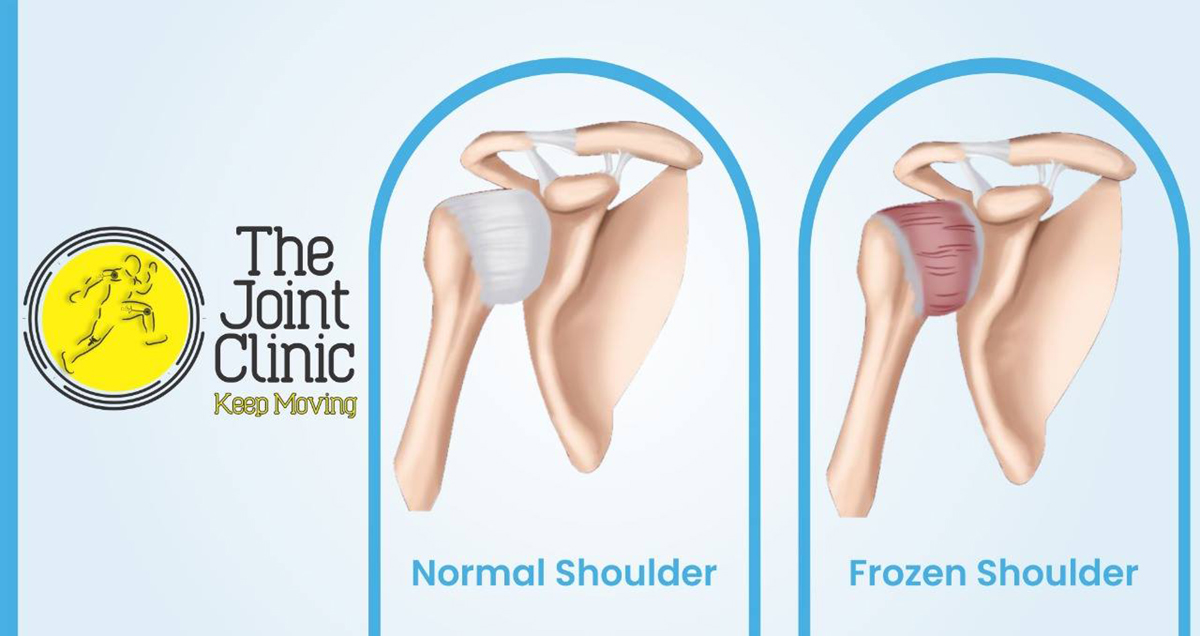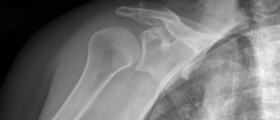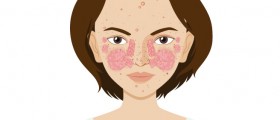
Frozen shoulder is a very unusual problem causing stiffness, loss of motion and substantial pain in the shoulder.
The shoulder joint has a capsule that includes the ligament by which the shoulder bones are attached to one another. The actual causes of this condition are still undefined. It is a condition which occurs only in this joint, and it always occurs in three phases, each of them approximately months months long.
The initial phase is the freezing one. The following phase is called the frozen phase, while the last one is known as the thawing phase.
There are very rare cases of frozen shoulder being reported lasting for periods of almost three years. It occurs mostly for people between the ages of 40 and 60, and 70 percent of cases occurred in female patients. It should be stressed that this condition is not connected to calcium deposits or the common rotator cuff injuries.
When x-rayed, the should looks normal and healthy.
It does not have anything to do with arthritis or malignancies, but it may be connected with thyroid disease or diabetes.
The stiffness and pain usually intensifies over time. Quite often, it has some connection to minor injuries or some stressful situations.
As the pain progresses over time, a person voluntarily decreases the amount of motions in the shoulder and very often finds it hard to find a comfortable sleeping position. Daily functions are severely limited and quite often, the arm of the frozen shoulder gets places behind the back or perhaps tucked in the shirt.
Pain and stiffness are the most significant symptoms of frozen shoulder. Pain causes a lack of movement which in turn produces involuntary stiffness when entering the second phase of the condition. Thawing, as a third phase is reflected in a gradual return of motion and functionality of the shoulder.
Turmeric is a natural inflammatory remedy and it can be mixed with other herbs successfully. Bromelain is a fresh pineapple enzyme and is also very good as an anti-inflammatory solution. It is also used for alleviating pain and stiffness, especially after surgeries. Ginger also has great anti-inflammatory properties as it mixes well with other herbal remedies and stimulates circulation.
Willow bark and skullcap are also of great help when it comes to relieving the pain. Willow bark was even used to make Aspirin in the 19th century.
Dipsacus is usually used when treating bone and arthritis-oriented traumatic injuries. It is very effective in curing various skin diseases as well.
Angelica successfully treats many different diseases and conditions such as rheumatism, coughs, cold, pleurisy and frozen shoulder as well. It also helps with certain urinary diseases, but it is not recommended for diabetics because it raises the levels of sugar in the patient’s urine.
Drynaria is great for healing damaged ligaments, bones and arthritis.

















Your thoughts on this
Loading...